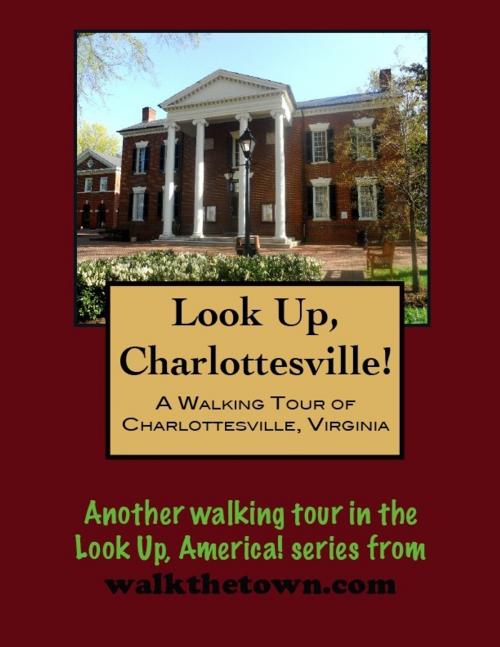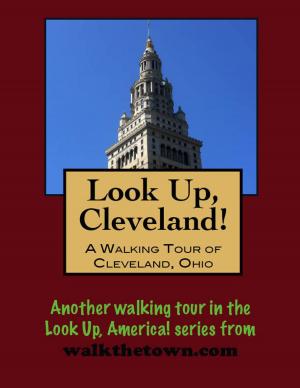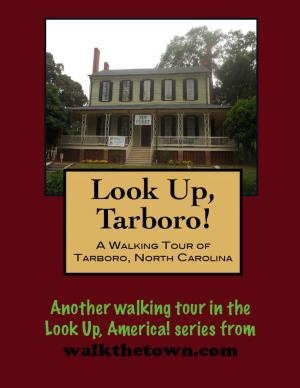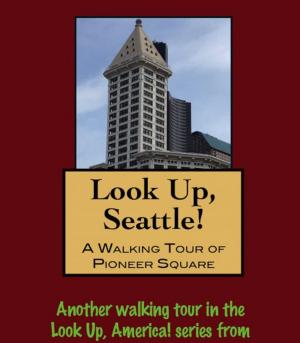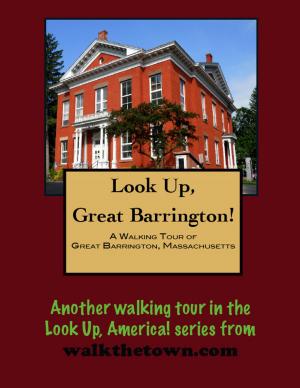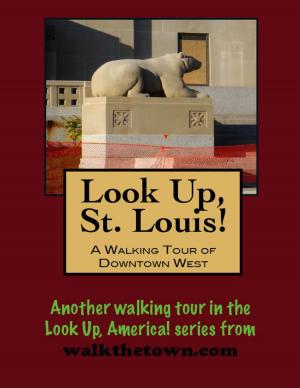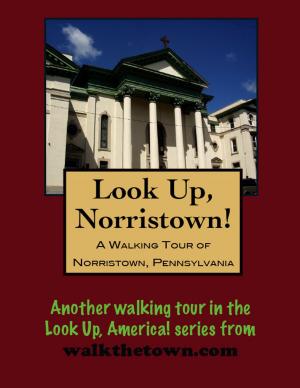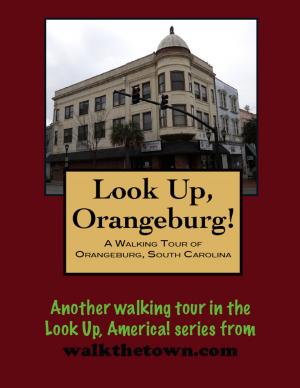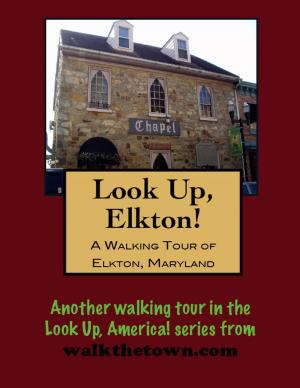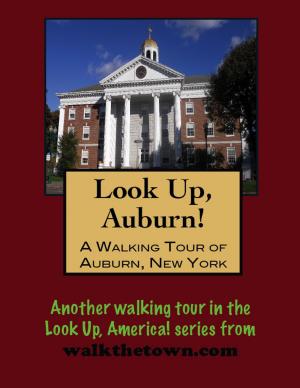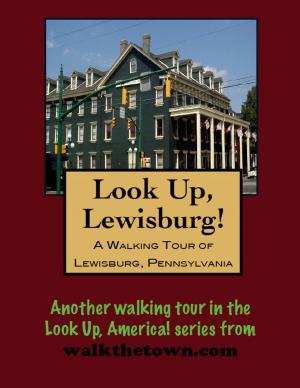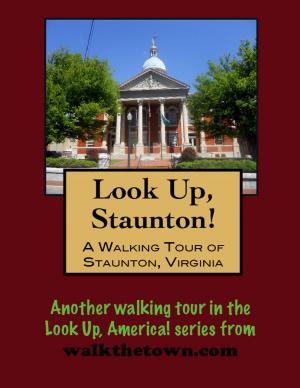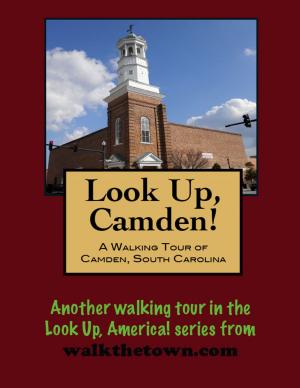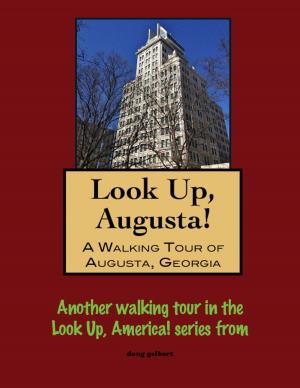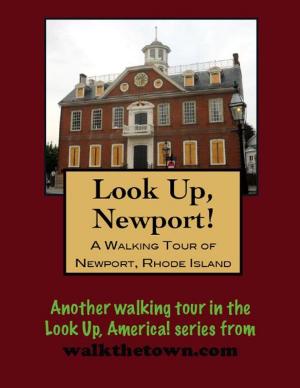| Author: | Doug Gelbert | ISBN: | 9781458157553 |
| Publisher: | Doug Gelbert | Publication: | April 28, 2011 |
| Imprint: | Smashwords Edition | Language: | English |
| Author: | Doug Gelbert |
| ISBN: | 9781458157553 |
| Publisher: | Doug Gelbert |
| Publication: | April 28, 2011 |
| Imprint: | Smashwords Edition |
| Language: | English |
There is no better way to see America than on foot. And there is no better way to appreciate what you are looking at than with a walking tour. Whether you are preparing for a road trip or just out to look at your own town in a new way, a downloadable walking tour is ready to explore when you are.
Each walking tour describes historical and architectural landmarks and provides pictures to help out when those pesky street addresses are missing. Every tour also includes a quick primer on identifying architectural styles seen on American streets.
In the 1720s wealthy landowners began receiving land patents in this area but few came to settle on their estates. One who did was Peter Jefferson who acquired the estates of Shadwell and Monticello. And so it was that Charlottesville, named for the new young Queen of King George III, became the town of Thomas Jefferson and his University of Virginia.
The town was formed by charter in 1762 "for the reception of traders" and as a seat for Albemarle County that had been cut from a wide area on both sides of the James River in 1744. A county courthouse was constructed around which 50 acres were laid out in streets and building lots. This legacy of service as a commercial center never left the town that has seldom seen importance in industry. For most of its history Charlottesville has been a university and residential city.
Unlike many of its sister towns in Virginia, Charlottesville felt only a light brush with the American Revolution and Civil War. During the struggle for independence prisoners - mostly German mercenaries - from the Battle of Saratoga were detained here briefly and endured a raid by British Colonel Banastre Tarleton in 1781. There were no major Civil War battles in Charlottesville, which was used primarily as a hospital. Perhaps the biggest impact the military had on the town came via the Charlottesville Woolen Mills that organized in 1868 and for many years churned out the "cadet gray" material used for uniforms by the United States Military Academy at West Point.
Our explorations of Charlottesville will begin along the Downtown Mall, one of America's iconic pedestrian malls and our first stop will be at the eastern end at the City Hall where three hometown Presidents look on...
There is no better way to see America than on foot. And there is no better way to appreciate what you are looking at than with a walking tour. Whether you are preparing for a road trip or just out to look at your own town in a new way, a downloadable walking tour is ready to explore when you are.
Each walking tour describes historical and architectural landmarks and provides pictures to help out when those pesky street addresses are missing. Every tour also includes a quick primer on identifying architectural styles seen on American streets.
In the 1720s wealthy landowners began receiving land patents in this area but few came to settle on their estates. One who did was Peter Jefferson who acquired the estates of Shadwell and Monticello. And so it was that Charlottesville, named for the new young Queen of King George III, became the town of Thomas Jefferson and his University of Virginia.
The town was formed by charter in 1762 "for the reception of traders" and as a seat for Albemarle County that had been cut from a wide area on both sides of the James River in 1744. A county courthouse was constructed around which 50 acres were laid out in streets and building lots. This legacy of service as a commercial center never left the town that has seldom seen importance in industry. For most of its history Charlottesville has been a university and residential city.
Unlike many of its sister towns in Virginia, Charlottesville felt only a light brush with the American Revolution and Civil War. During the struggle for independence prisoners - mostly German mercenaries - from the Battle of Saratoga were detained here briefly and endured a raid by British Colonel Banastre Tarleton in 1781. There were no major Civil War battles in Charlottesville, which was used primarily as a hospital. Perhaps the biggest impact the military had on the town came via the Charlottesville Woolen Mills that organized in 1868 and for many years churned out the "cadet gray" material used for uniforms by the United States Military Academy at West Point.
Our explorations of Charlottesville will begin along the Downtown Mall, one of America's iconic pedestrian malls and our first stop will be at the eastern end at the City Hall where three hometown Presidents look on...
